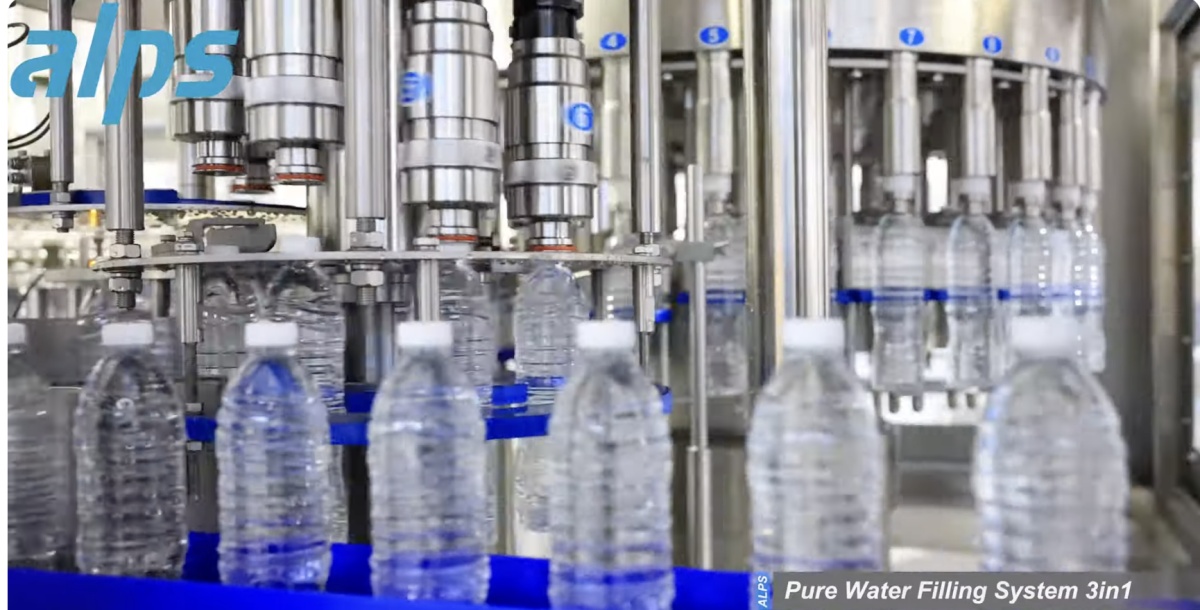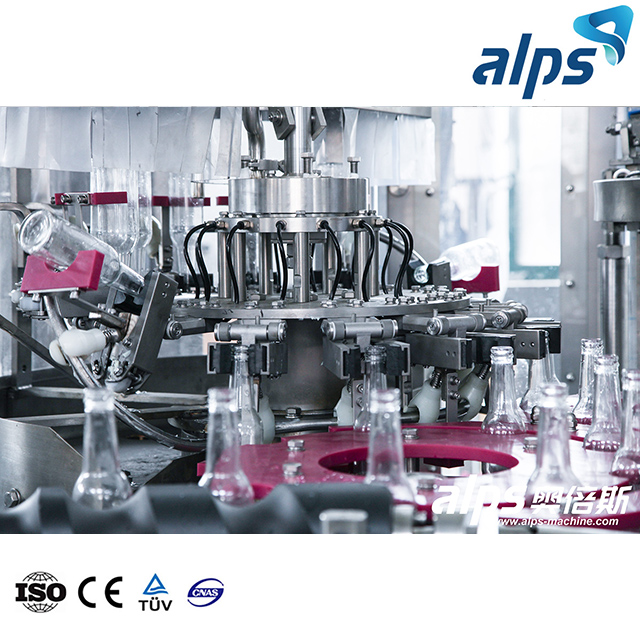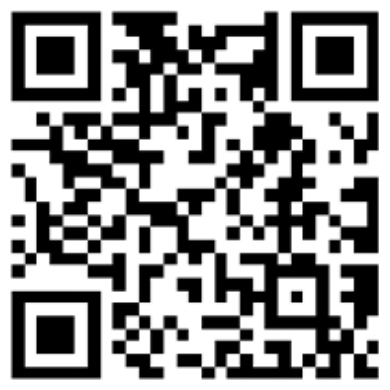Advanced Liquid Package Solution
As global demand for bottled water continues to grow, manufacturers must make strategic choices about packaging materials and equipment to stay competitive. One of the most important decisions in setting up or expanding a water bottling line is choosing the right bottle filling machine—specifically, whether to go with PET or glass bottles.
Both packaging formats have distinct advantages, and the machines that handle them are designed to meet very different operational needs. In this article, we’ll compare PET bottle water filling machines and glass bottle water filling machines, examining how they differ, when to choose one over the other, and what factors influence that decision.
PET Bottles: The Mass-Market Champion
PET (Polyethylene Terephthalate) bottles are by far the most common format used in the bottled water industry. Lightweight, durable, and inexpensive to produce, they are ideal for:
High-volume still water products
Cost-sensitive retail environments
On-the-go consumption
PET bottles are also easy to form using in-house bottle blowing machines, allowing manufacturers to streamline production and reduce dependency on external suppliers.
Glass Bottles: The Premium Alternative
Glass bottles are associated with quality, purity, and elegance. They are commonly used for:
Sparkling water
High-end or artisanal water brands
Hospitality or luxury retail sectors
Although heavier and more fragile than PET, glass is chemically inert and fully recyclable or reusable, appealing to environmentally conscious and health-focused consumers.

A PET bottle water filling machine is designed to efficiently rinse, fill, and cap PET bottles, usually in a continuous, automated process. It is often part of a high-speed bottling line that includes:
Bottle blowing machines (using PET preforms)
Rinsing-Filling-Capping monoblocks
Labelers, shrink wrappers, and palletizers
These machines typically use gravity or pressure filling depending on the type of product (still or carbonated). PET filling machines are known for:
High speed (up to 24,000 BPH or more, such as the 24000BPH water blowing filling capping line supplied by alps)
Low per-unit packaging costs
Integration with automation systems
Easy maintenance and sanitation
Because PET bottles are lightweight, the equipment uses air conveyors for quick and gentle bottle transport.

A glass bottle water filling machine is designed to handle the heavier and more fragile glass containers. These machines prioritize stability and gentle handling over speed and are typically found in premium water bottling plants.
Glass bottle water filling machine include:
Bottle depalletizers
Rinsing stations (internal and external)
Isobaric or vacuum filling systems
Cap or corking stations
Pasteurization units (for products requiring heat treatment)
While production speed is lower than PET lines, glass bottling machines excel in:
Product stability
Reduced risk of contamination
Preserving carbonation
Brand positioning
Let’s explore how these two systems differ across critical performance metrics:
PET filling machines are built for lightweight, flexible containers and typically feature:
Air conveyors
Compact monoblocks
Automatic blow molding integration
Glass bottle lines, in contrast, require:
Chain conveyors with padded supports
Heavy-duty construction to support bottle weight
Lower line speeds to prevent breakage
PET lines are engineered for high-volume operations and can exceed 24,000 bottles per hour, especially when paired with blow molding machines.
Glass bottle lines operate more slowly due to the fragility of the containers and the need for precision handling. A standard glass bottling line may range from 3,000 to 12,000 bottles per hour, depending on configuration.
PET Lines: Lower initial investment per unit capacity, reduced material cost, and more efficient logistics.
Glass Lines: Higher CAPEX due to reinforced structures, specialized handling equipment, and slower output.
However, glass can be reused in closed-loop systems, which may lead to long-term savings in certain market models.
Both systems are built to meet food-grade hygiene standards, but their approaches differ:
PET bottles are often single-use, reducing concerns about contamination.
Glass bottles may be reused, necessitating additional washing and sterilization stations, especially in returnable bottle systems.
PET bottles are practical and cost-effective, well-suited for supermarkets and convenience stores.
Glass bottles convey luxury, heritage, and purity, aligning well with boutique or export-focused brands.
PET is recyclable and energy-efficient to produce but still faces environmental scrutiny due to single-use consumption.
Glass is fully recyclable and reusable but requires more energy to transport due to its weight.
The environmental impact depends on regional recycling infrastructure, bottle return programs, and consumer habits.

Some advanced filling systems are marketed as dual-format or hybrid machines, capable of switching between PET and glass bottles. While this adds flexibility, it comes with drawbacks:
Higher initial cost
Longer changeover times
Complex maintenance
For most producers, it’s more efficient to operate two separate lines if both formats are required at scale.
The decision between PET vs. glass bottle water filling machines depends on more than just material preference—it’s about aligning your equipment with your brand identity, production goals, and market demand.
Ultimately, the right choice is the one that fits your business model, target audience, and operational scale.
At ALPS Machine, we specialize in designing and manufacturing both PET and glass bottle water filling machines tailored to your needs. Whether you're launching a large-scale water brand or targeting a niche market with premium bottled water, ALPS Machine offers complete turnkey solutions—from bottle production and filling to labeling and final packaging—ensuring your production is efficient, reliable, and future-ready.

By continuing to use the site you agree to our privacy policy Terms and Conditions.